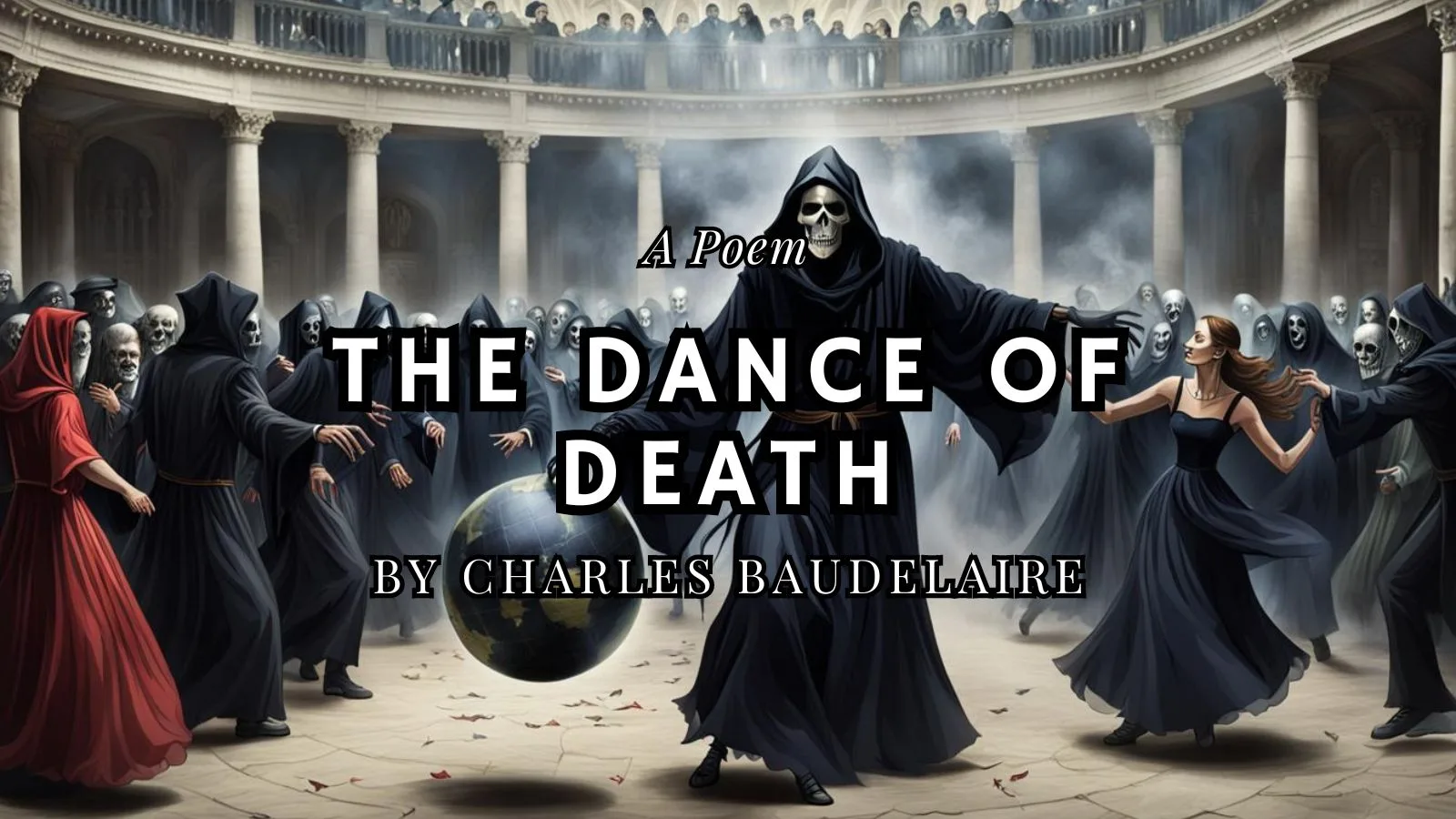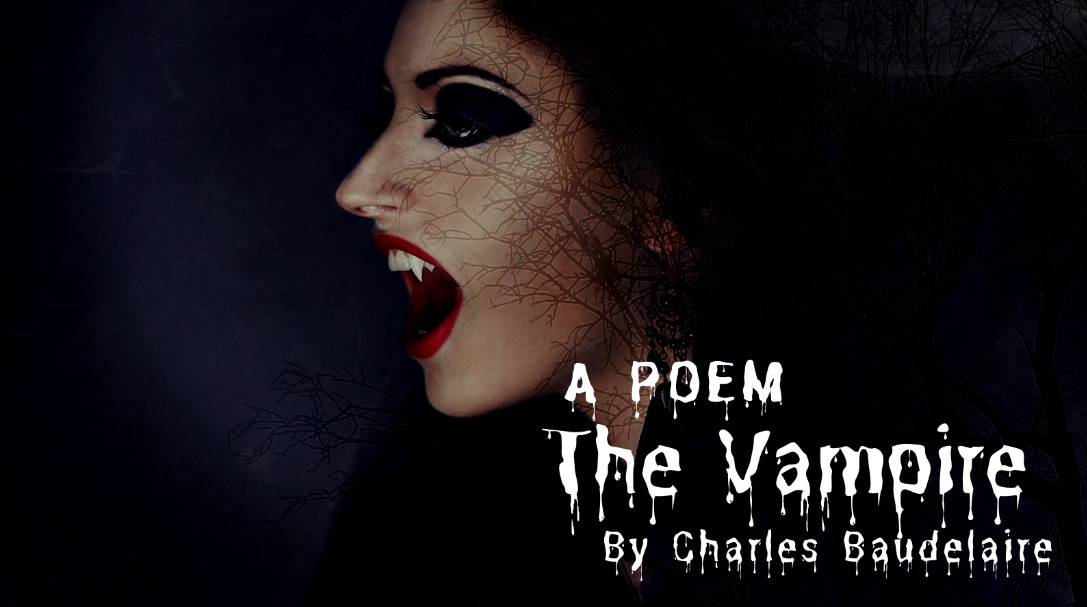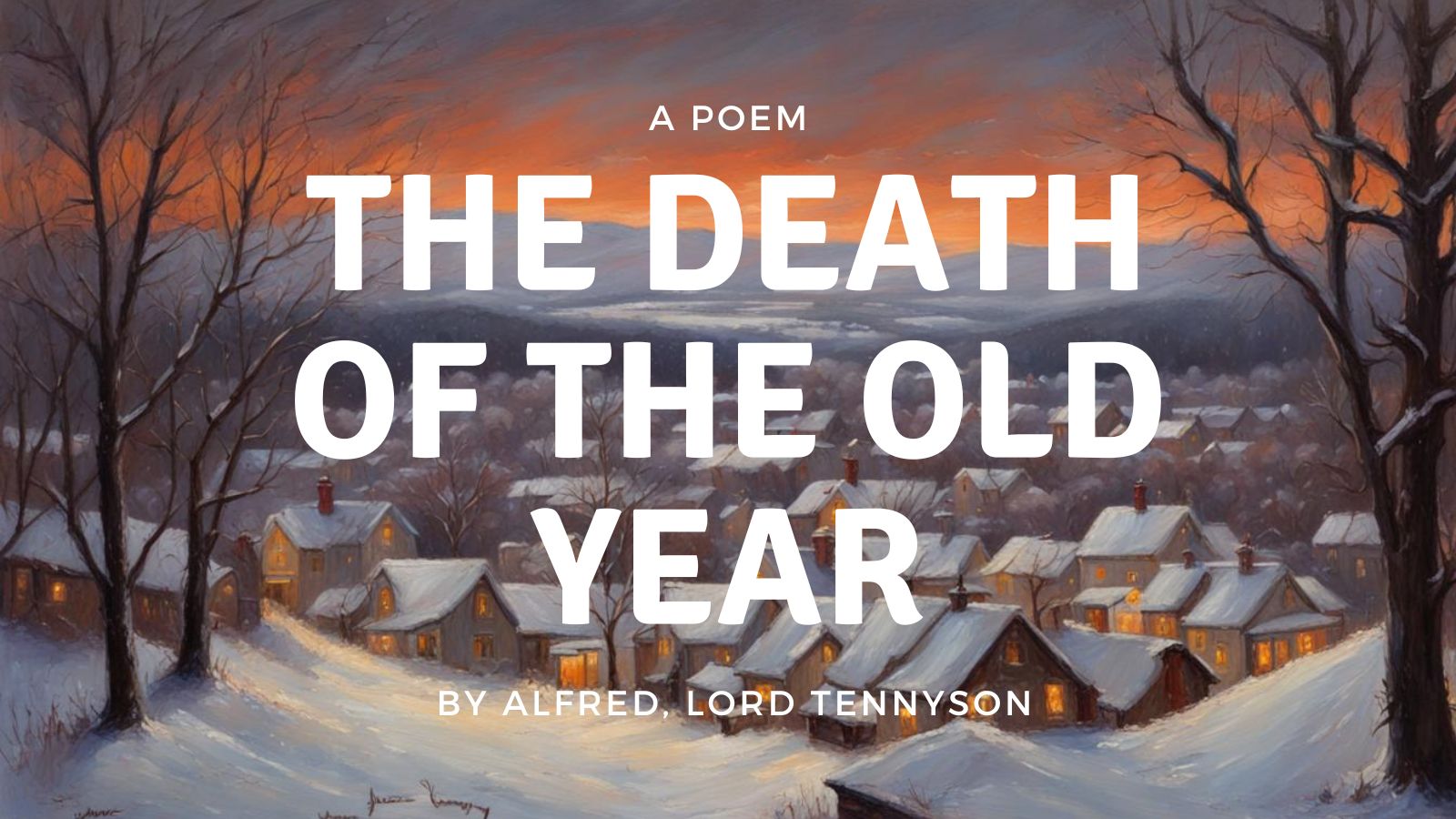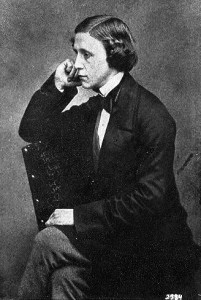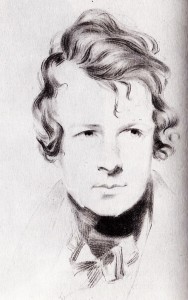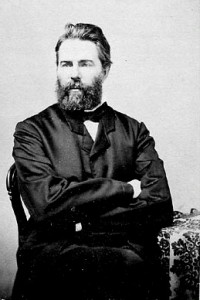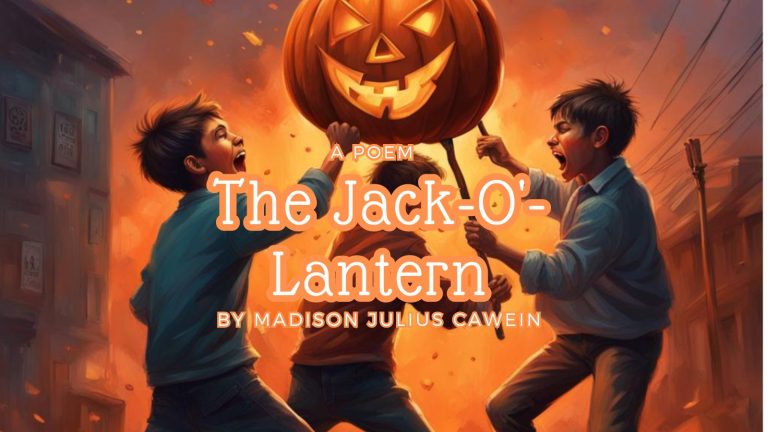The Dance of Death
by Charles Baudelaire
Carrying bouquet, and handkerchief, and gloves,
Proud of her height as when she lived, she moves
With all the careless and high-stepping grace,
And the extravagant courtesan’s thin face.
Was slimmer waist e’er in a ball-room wooed?
Her floating robe, in royal amplitude,
Palls in deep folds around a dry foot, shod
With a bright flower-like shoe that gems the sod.
The swarms that hum about her collar-bones
As the lascivious streams caress the stones,
Conceal from every scornful jest that flies,
Her gloomy beauty; and her fathomless eyes
Are made of shade and void; with flowery sprays
Her skull is wreathed artistically, and sways,
Feeble and weak, on her frail vertebræ.
O charm of nothing decked in folly! they
Who laugh and name you a Caricature,
They see not, they whom flesh and blood allure,
The nameless grace of every bleached, bare bone
That is most dear to me, tall skeleton!
Come you to trouble with your potent sneer
The feast of Life! or are you driven here,
To Pleasure’s Sabbath, by dead lusts that stir
And goad your moving corpse on with a spur?
Or do you hope, when sing the violins,
And the pale candle-flame lights up our sins,
To drive some mocking nightmare far apart,
And cool the flame hell lighted in your heart?
Fathomless well of fault and foolishness!
Eternal alembic of antique distress!
Still o’er the curved, white trellis of your sides
The sateless, wandering serpent curls and glides.
And truth to tell, I fear lest you should find,
Among us here, no lover to your mind;
Which of these hearts beat for the smile you gave?
The charms of horror please none but the brave.
Your eyes’ black gulf, where awful broodings stir,
Brings giddiness; the prudent reveller
Sees, while a horror grips him from beneath,
The eternal smile of thirty-two white teeth.
For he who has not folded in his arms
A skeleton, nor fed on graveyard charms,
Recks not of furbelow, or paint, or scent,
When Horror comes the way that Beauty went.
O irresistible, with fleshless face,
Say to these dancers in their dazzled race:
“Proud lovers with the paint above your bones,
Ye shall taste death, musk-scented skeletons!
Withered Antinous, dandies with plump faces,
Ye varnished cadavers, and grey Lovelaces,
Ye go to lands unknown and void of breath,
Drawn by the rumour of the Dance of Death.
From Seine’s cold quays to Ganges’ burning stream,
The mortal troupes dance onward in a dream;
They do not see, within the opened sky,
The Angel’s sinister trumpet raised on high.
In every clime and under every sun,
Death laughs at ye, mad mortals, as ye run;
And oft perfumes herself with myrrh, like ye
And mingles with your madness, irony!”
Charles Baudelaire (1821-1867) was a French poet, essayist, and critic, best known for his controversial and influential collection of poems, “Les Fleurs du mal” (The Flowers of Evil). Born in Paris, Baudelaire abandoned his studies to pursue a literary career and became a central figure in the city’s bohemian scene.
“Les Fleurs du mal,” published in 1857, explored themes of decadence, eroticism, and the dark aspects of the human psyche, leading to charges of obscenity against Baudelaire. Despite this, the work became a seminal piece of modernist literature.
Baudelaire was also a prolific essayist and critic, writing on art, literature, and modern life. He struggled with financial difficulties, health problems, and drug addiction throughout his life.
Baudelaire’s works influenced many contemporaries and subsequent literary movements, including Symbolism and Decadence. He is credited with coining the term “modernity” and is considered one of the most important and influential writers of the 19th century.
